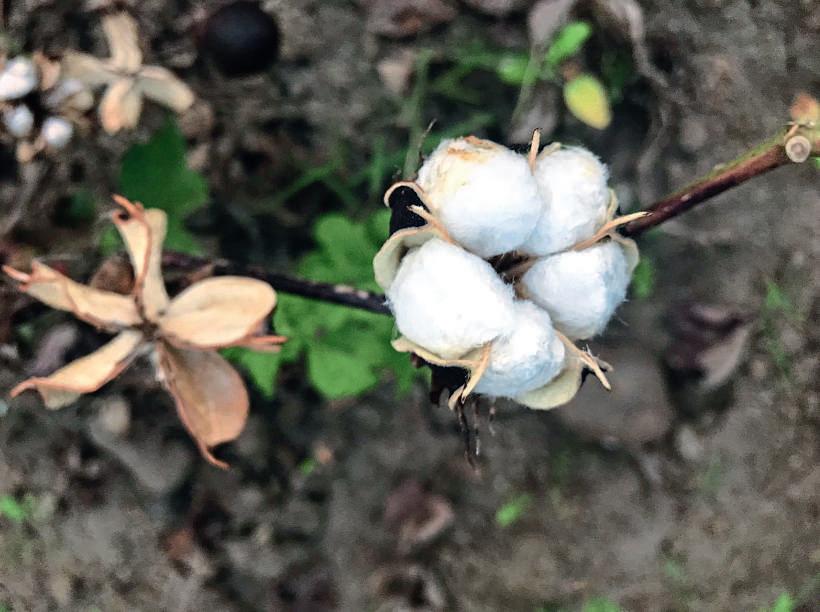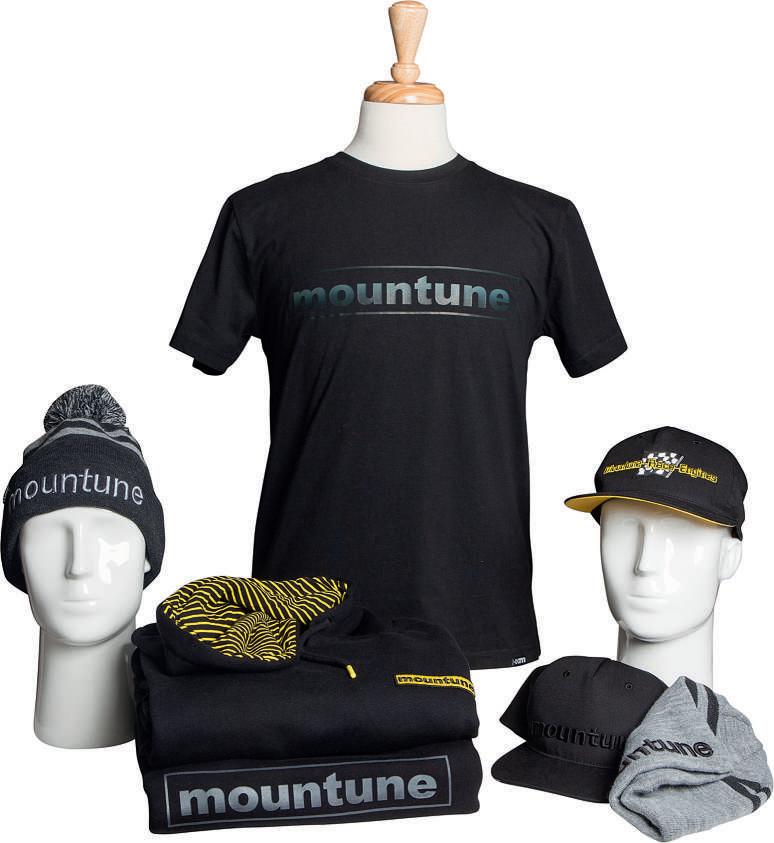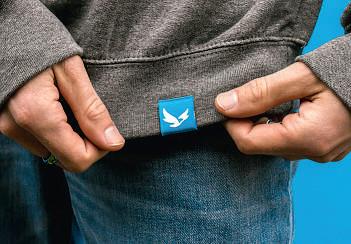Textiles
BPMA advice Carey Trevill, CEO, BPMA says:
GOTS
Teasing out THE TRUTH
With critical and high profile reports on the possible human rights abuses in Chinese cotton production, clients are nervous about where their garments come from. However, finding out can be difficult
A
pparel is one of the largest product categories in the promotional merchandise sector. BPMA research has shown that 91% of companies used branded clothing in their businesses. It also found that 58% of consumers owned a promotional T-shirt. However, in the past year, the clothing sector generally has come under greater scrutiny due to allegations that the cotton used in many of the garments bought by consumers and corporations has been farmed and produced using forced labour. Widespread reports of coercion among Uighur Muslims and other ethnic minorities in China’s Xinjiang region are causing businesses – and governments – to address more examples of exploitation in fashion. A report published in December by research institute the Center for Global Policy (CGP) revealed that coercive practices went further than previously thought. Dr Adrian Zenz of the CGP, said: “Previously, evidence for forced labour in Xinjiang pertained only to low-skilled manufacturing, including the production of textiles and apparel. This report provides new evidence for coercion specifically related to cotton picking. These
14
|
product media
|
findings have much wider implications, affecting all supply chains that involve Xinjiang cotton as a raw material.” China is the second largest producer of cotton in the world after India, and Xinjiang accounts for 85% of China’s and 20% of the world’s cotton, the report found.
COERCIVE SCHEMES Hundreds of thousands of ethnic minority labourers are being forced to pick Xinjiang’s cotton by hand through coercive government schemes. They can be forcibly taken from their homes and relocated to labour camps in cotton producing areas. Some regions put Uighur children and the elderly into centralised care while working-age adults are away on state-assigned cotton-picking work. According to the BBC, up to half a million Uighurs are involved in seasonal cotton picking as well as the making of garments. Human rights groups and governments have already been critical of the treatment of Uighur people and other minority groups in China. The Australian Strategic Policy Institute says there are 380 suspected internment camps in the Xinjiang region
MAY/JUNE 2021
“Understandably, many end users are very concerned that the cotton they may purchase via supply chains originating in China is tainted with Uighur forced labour from the Xinjiang region. With a complex supply chain, it is not possible to 100% guarantee cotton coming from these regions is not affected by the widely reported abuse of Uighur and other Muslim groups, said to be involved. We are unable to find a credible way to state how members can avoid this cotton within their supply chain. The BPMA recommends all supply chains are closely monitored on a continuous basis to ensure due diligence is always up to date, checking standards, assurances and legislation is in order for any type of product being procured. For those concerned about cotton originating from these areas in China, request from your suppliers information to help. Work with a credible recognised BPMA Charter Supplier or BPMA Supplier who will secure supply from credible, assured sources. If you are sourcing from China and the Xinjiang region: • Request information and confirmation of the area where the cotton was grown and picked, and evidence of labour used • Ask for supply chain assurance certification (noting Better Cotton Initiative has now suspended assurance activities in the Xinjiang region in 2020) • Decide based on the evidence provided if you are satisfied the traceability of the cotton is assured before you buy.
Mantis QR codes provide traceability information
www.productmediamagazine.co.uk






